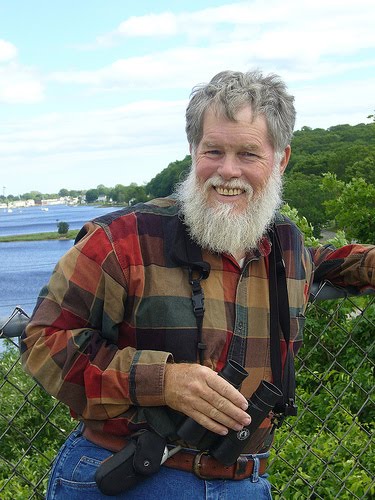The pink-blossomed lupine that grows here is finally a full species again and this time it looks as though the designation will stick.
Although a local botanist named James Brigham McFarlin wrote in the early 1930s that this lupine was likely a separate species, he never formally described it.
That task fell to John Beckner, who published the first formal description in 1982 and named it Lupinus aridorum. However in 1986 another botanist named Duane Isley wrote that it was a variety of Lupinus westianus., a species found in the Florida Panhandle.
Now thanks to the recently published results of detailed genetic and morphological analysis of lupines throughout Florida by Edwin Bridges and Steve Enzor, the plant has regained its full species status.
According to an article published in the latest issue of Sabal Minor, the Florida Native Plant Society's bimonthly newsletter, the reclassification provides greater justification for more efforts to protect the few remaining populations.
The article says that Bridges and Orzell have concluded that now that the uncertainty over whether this was a separate species or merely a variety of another species found in the western Panhandle has been resolved, its status has changed from Globally Vulnerable to Globally Imperiled.
That, in turn, could help to attract state and federal resources to prevent its extinction.
Here at the preserve that would certainly mean opening up more of the terrain around the planting sites to provide better conditions for seed germination and pant survival.
;

